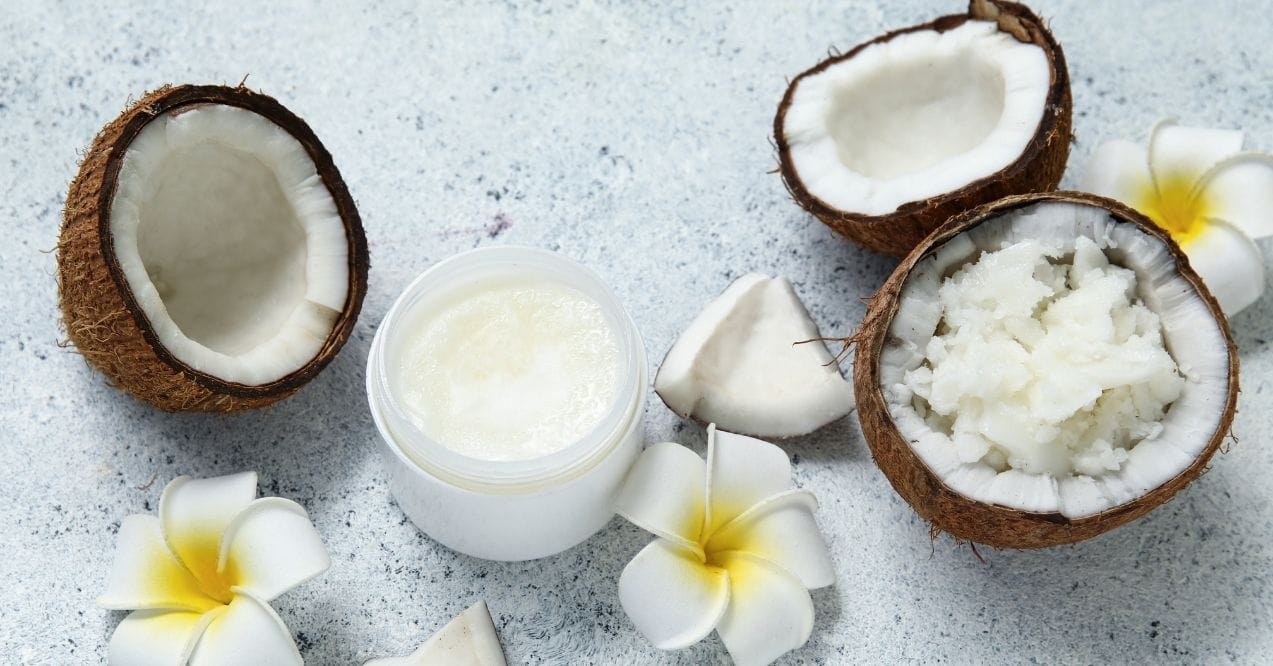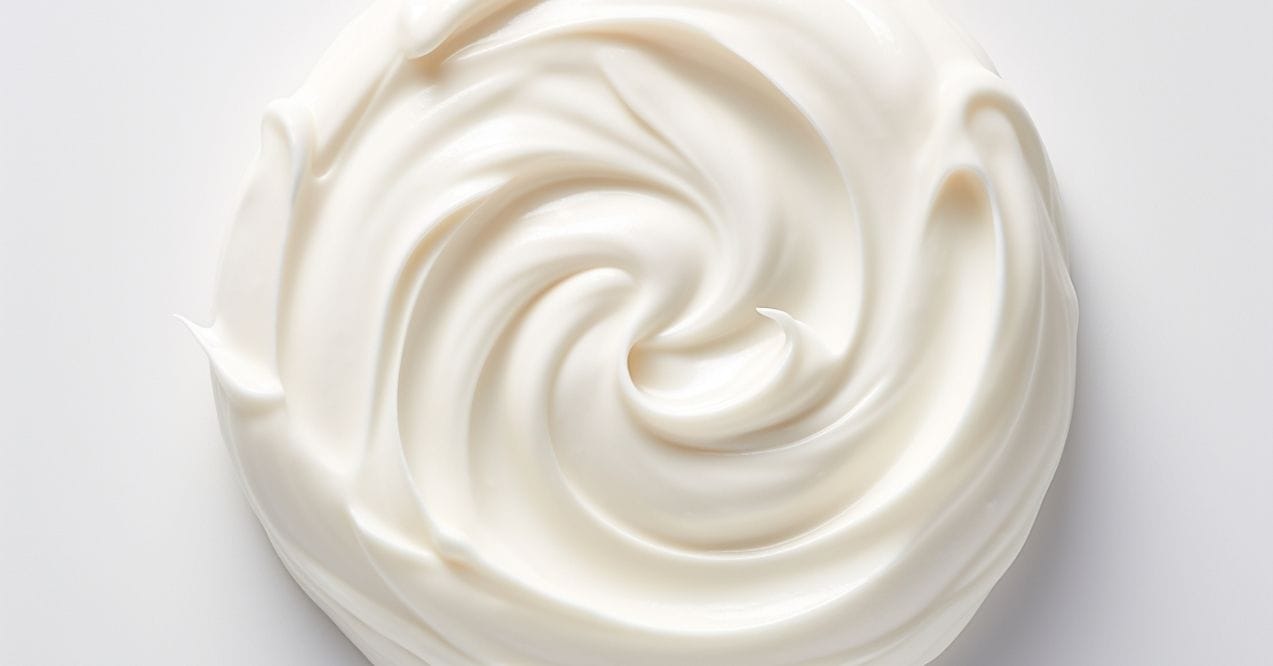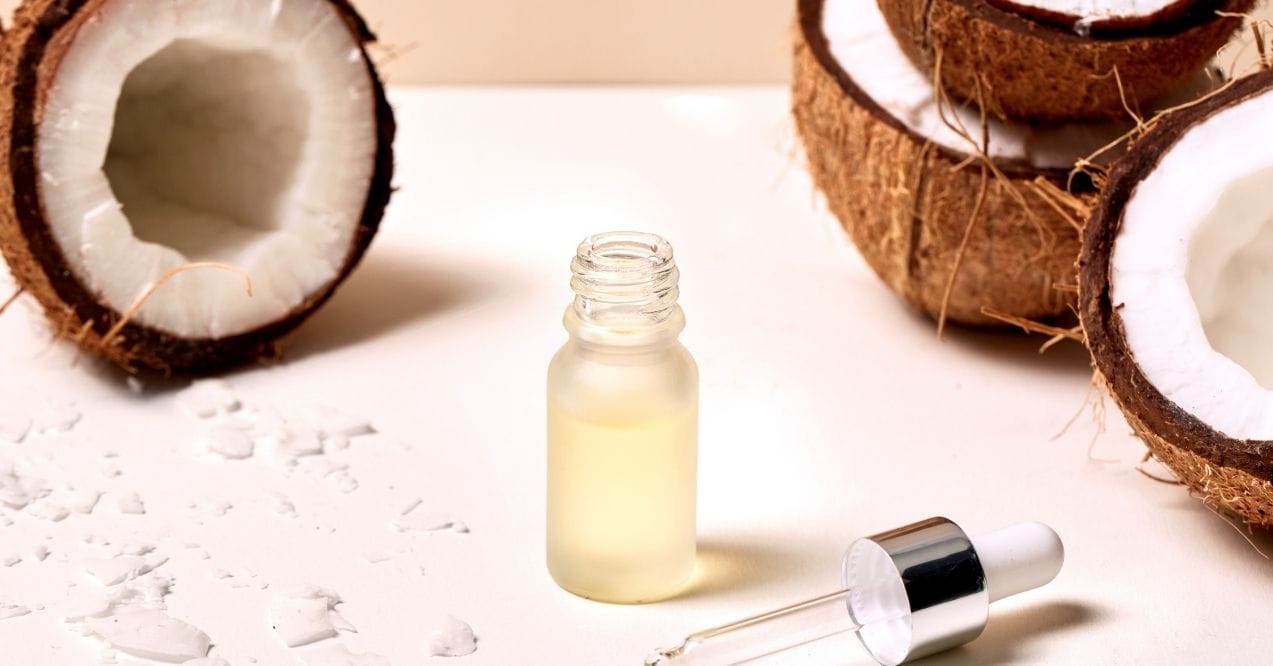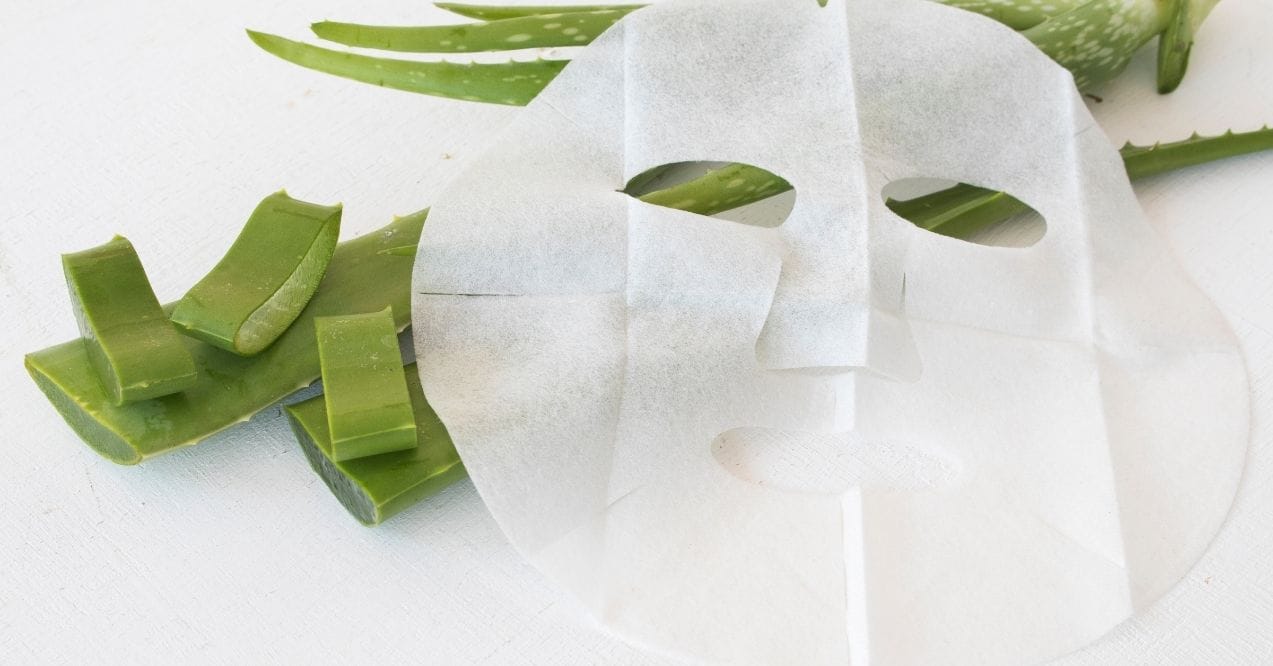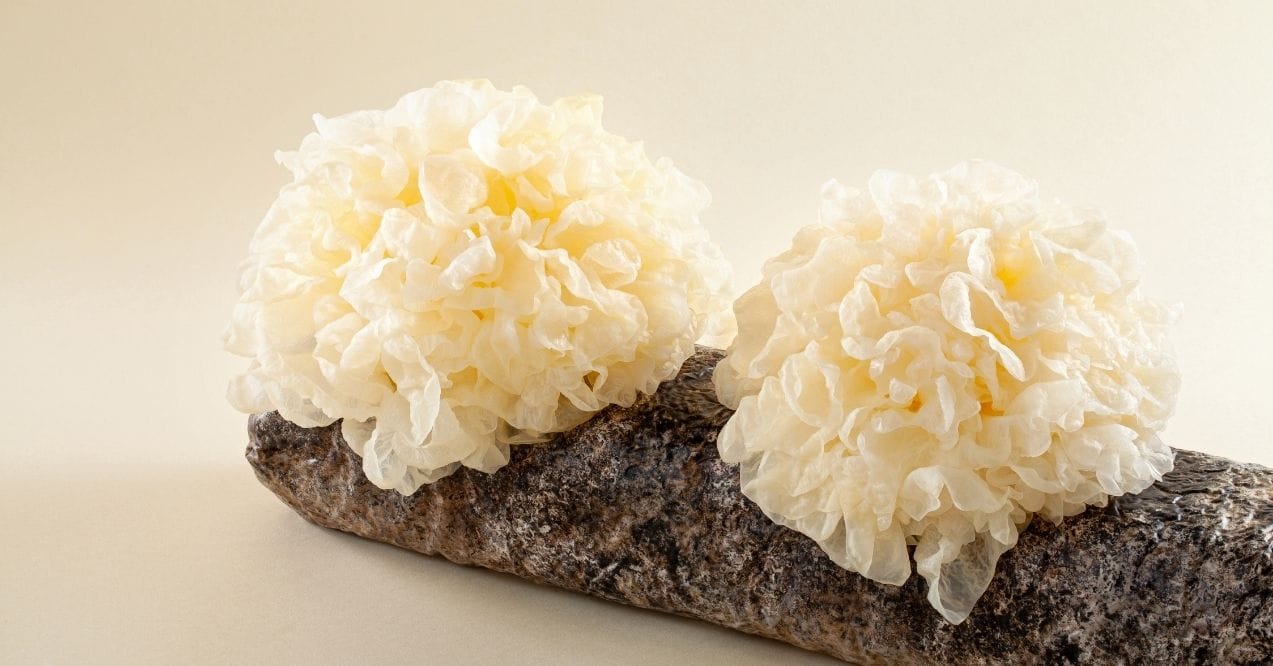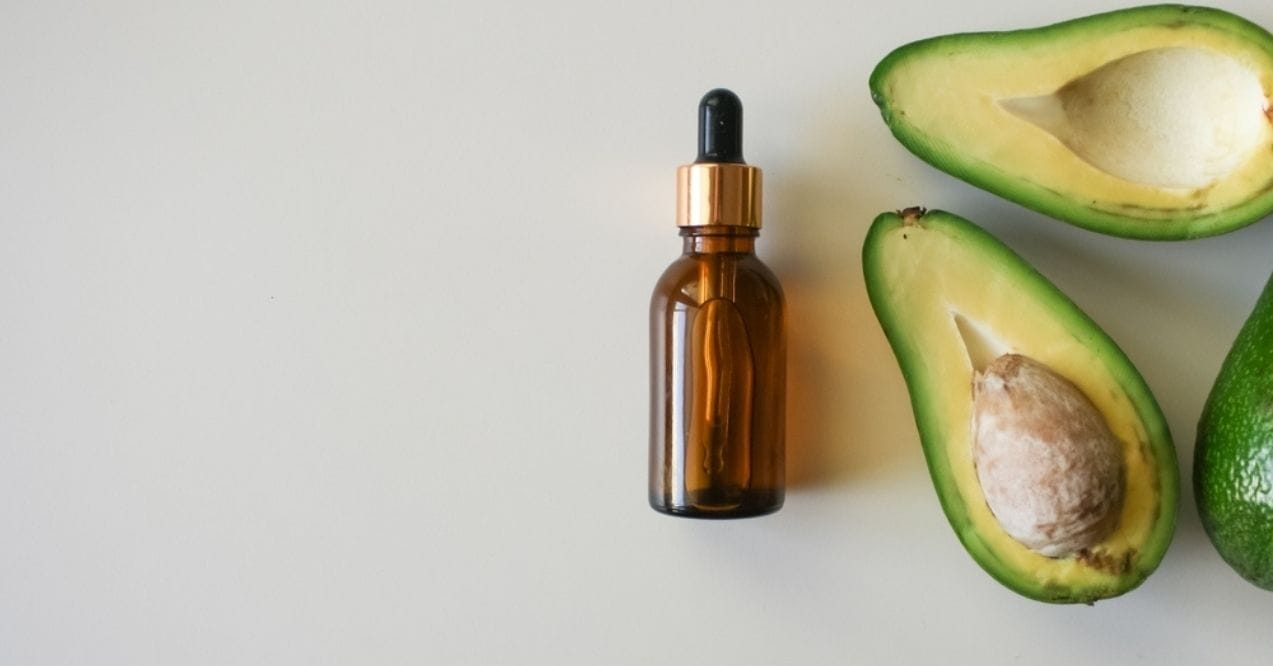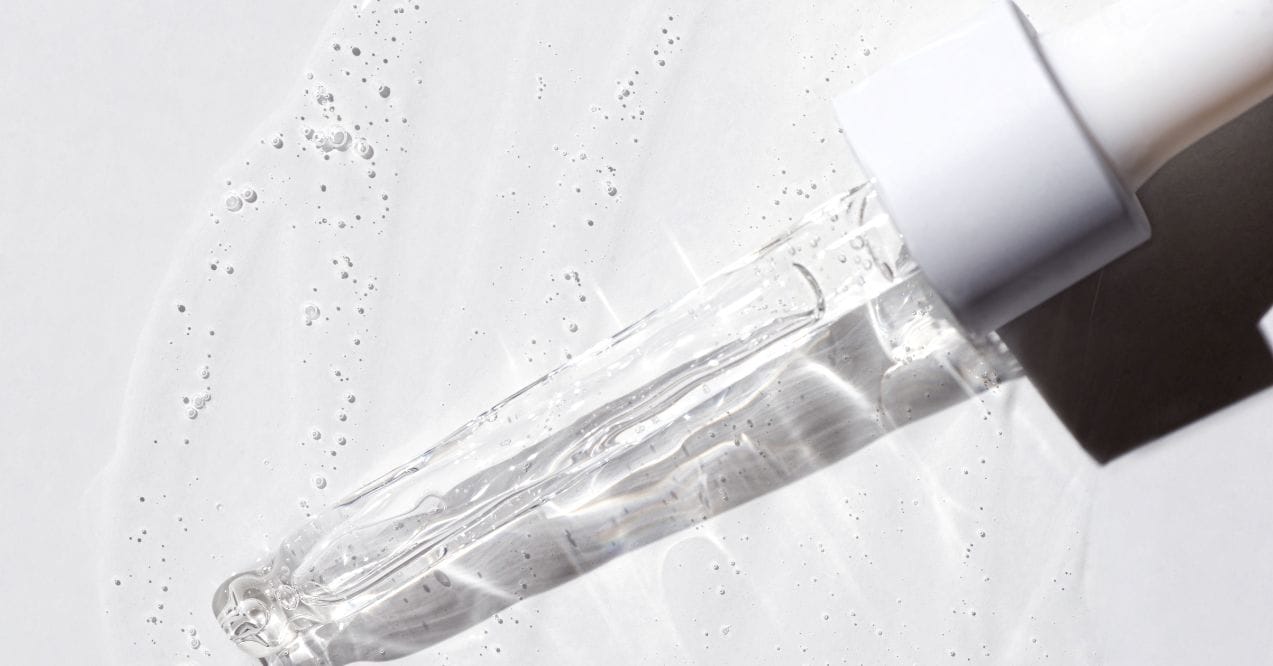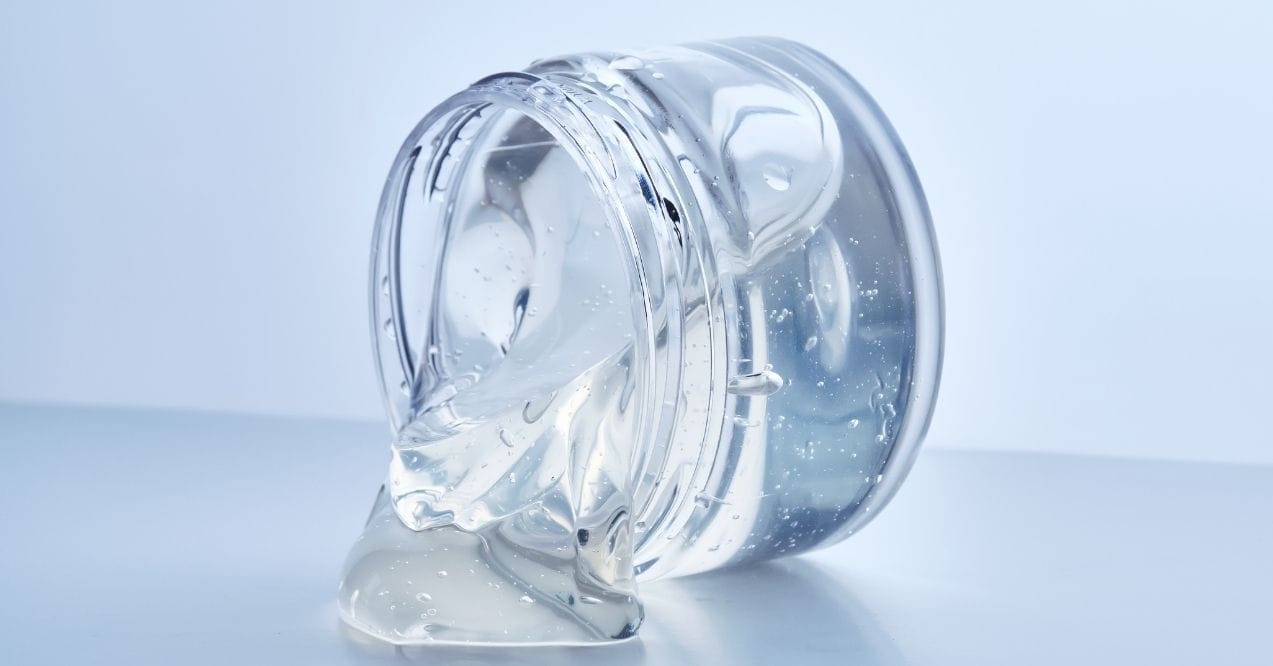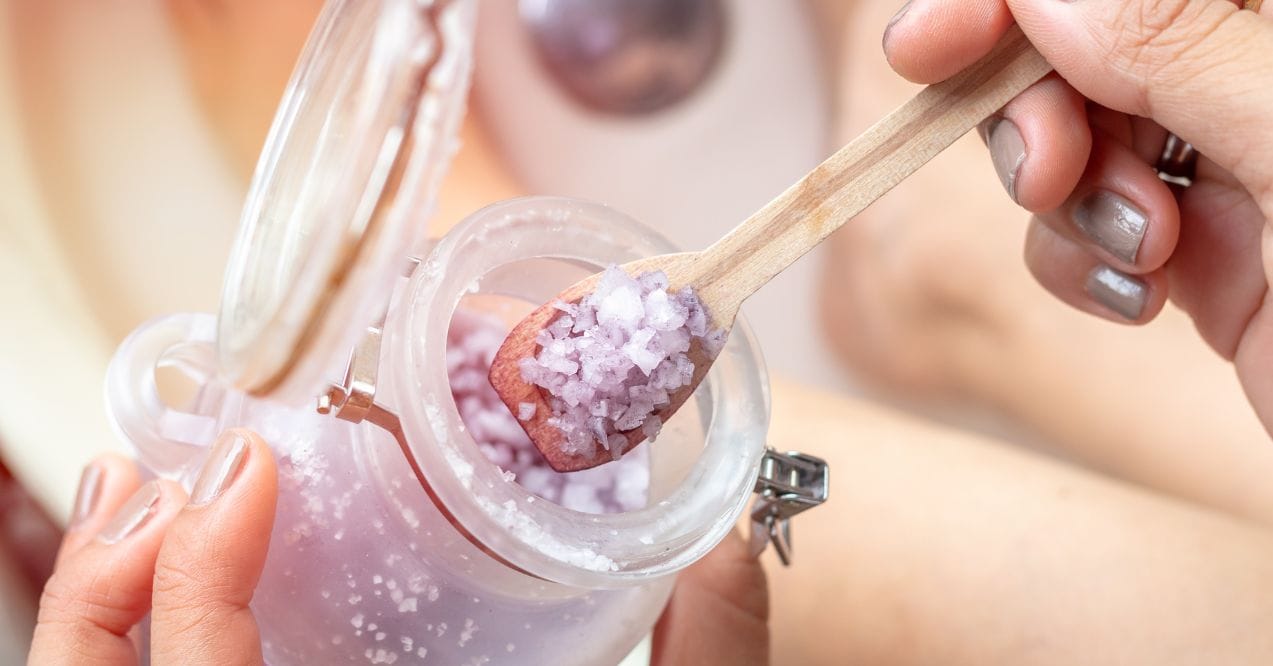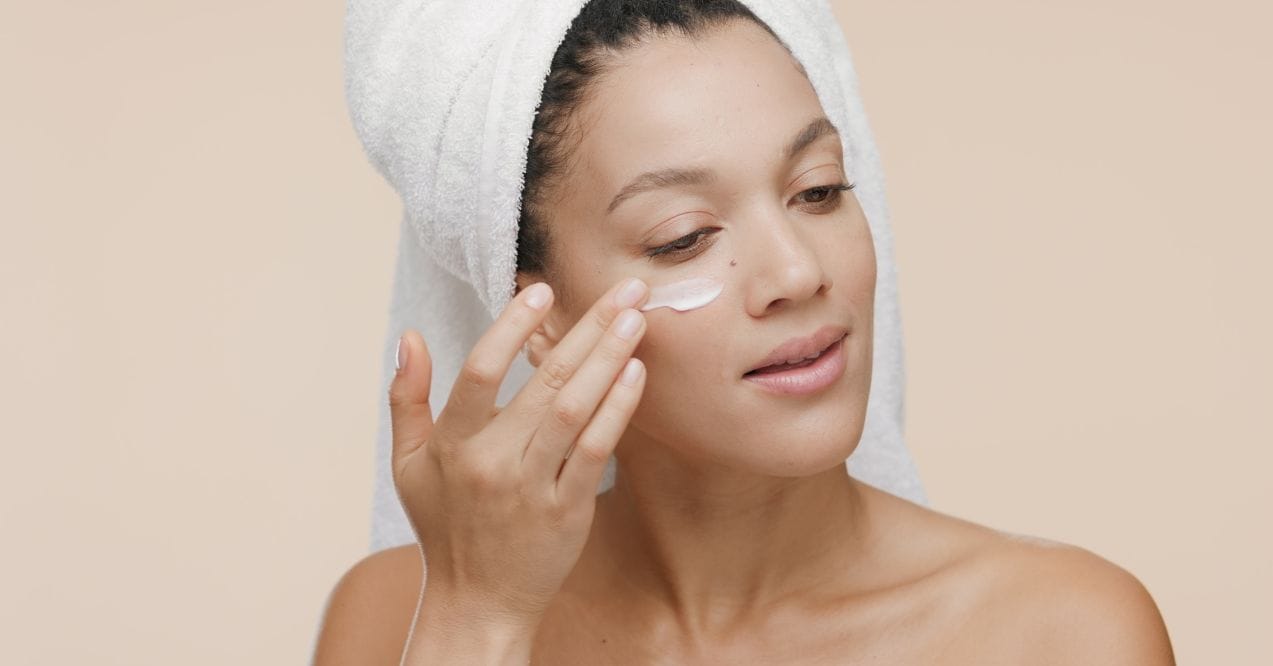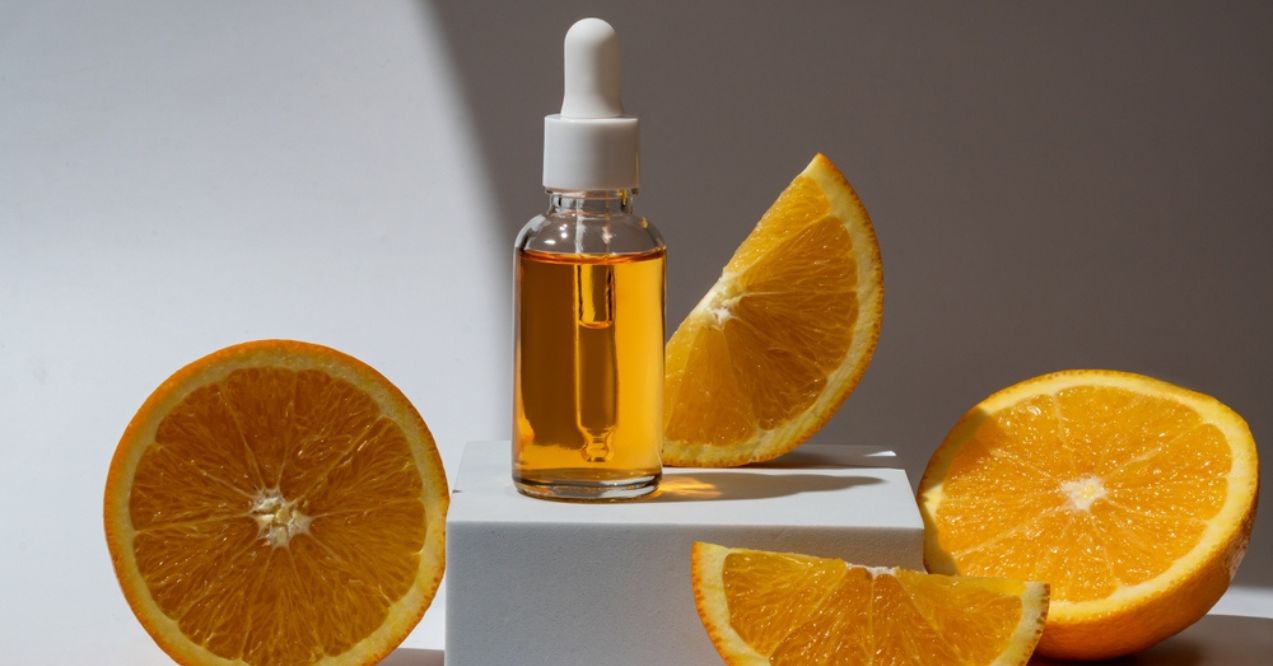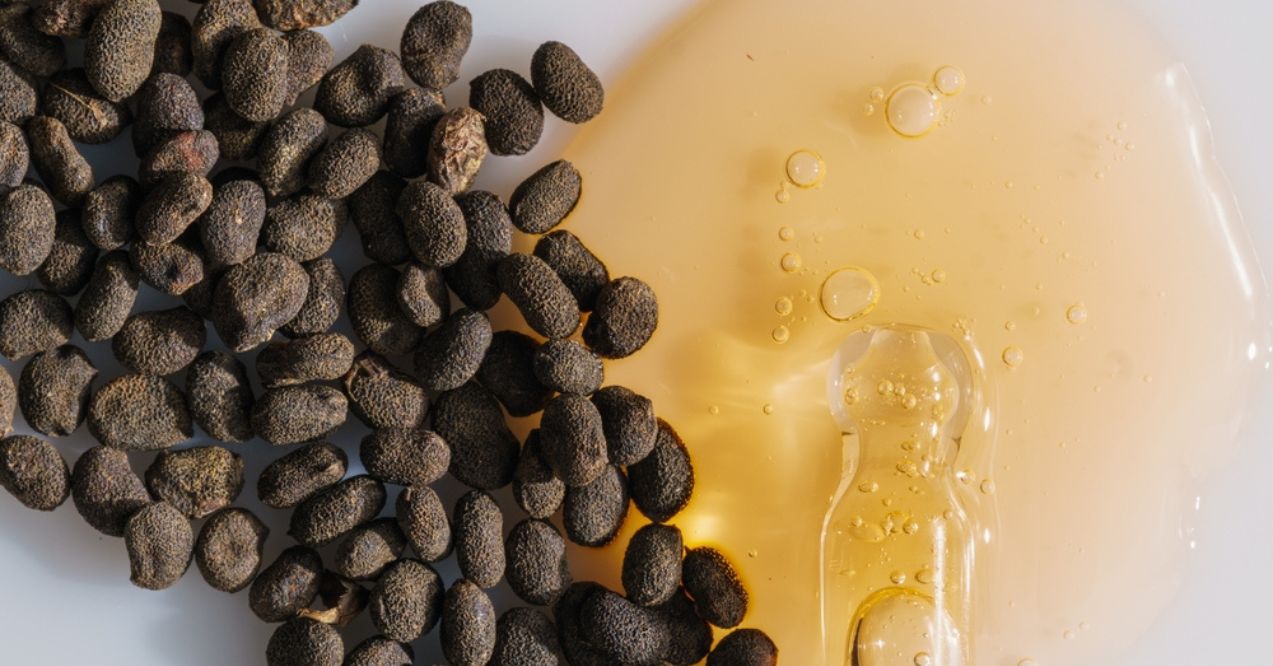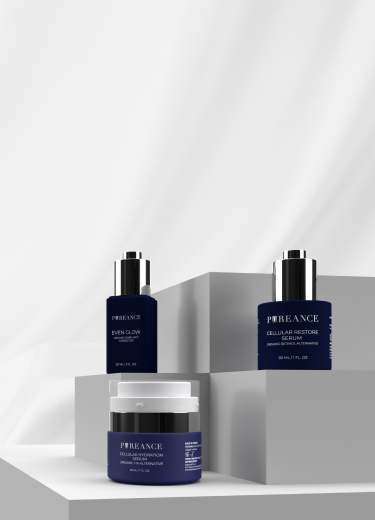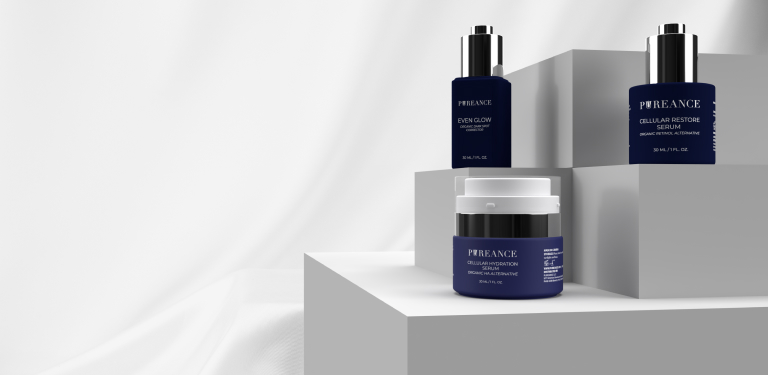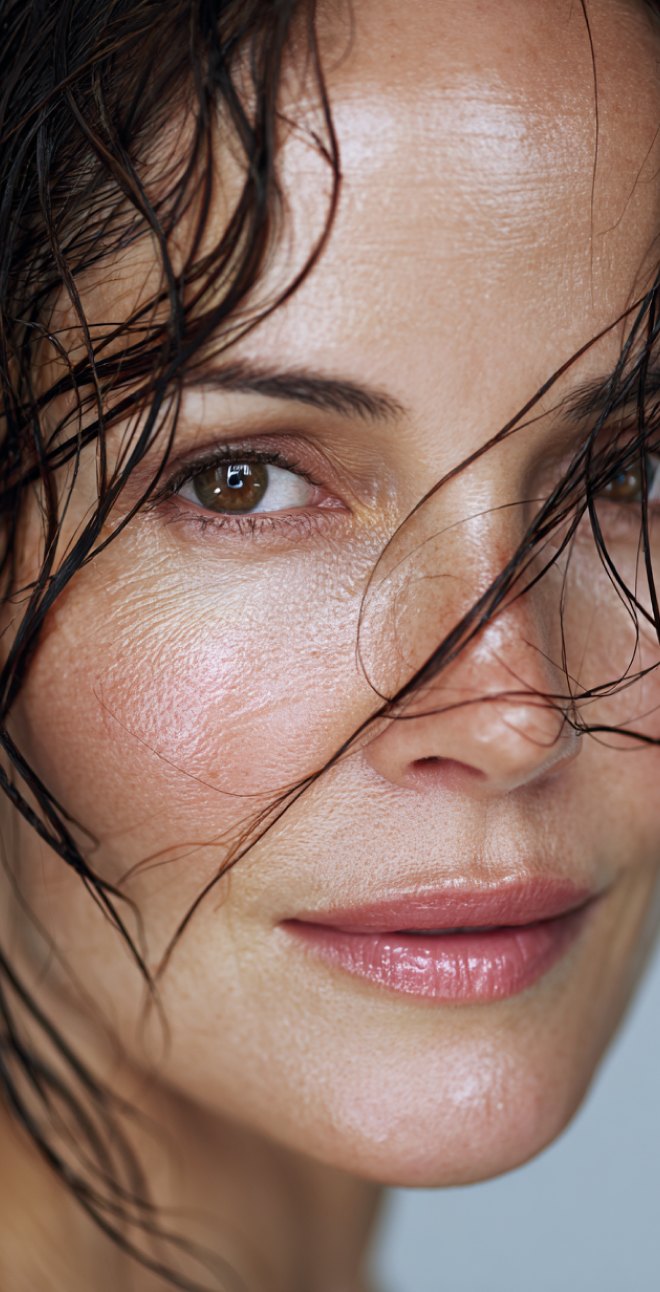


Is Coconut Oil Good for Sunburn?
You’ve just come home from a perfect beach day, but your skin is telling a different story. It’s red, tender, and radiating heat like a personal furnace. Your first instinct might be to reach for that jar of coconut oil in your pantry, after all, it works wonders on dry skin, right?
But when it comes to coconut oil sunburn treatment, timing is everything. While coconut oil can be part of your recovery routine, using it at the wrong moment could actually make things worse. Let’s explore when and how to safely use this tropical remedy for sun-damaged skin.
Key Article Findings
- Coconut oil for sunburn works best after your skin has cooled down (typically 24-48 hours post-burn).
- Applying coconut oil too soon can trap heat and worsen inflammation.
- Aloe vera remains the go-to for immediate sunburn relief, with coconut oil as a follow-up moisturizer.
- Virgin, cold-pressed coconut oil offers the most skin benefits for recovery.
What Happens to Your Skin When You Get a Sunburn
When UV rays hit your skin, they trigger a cascade of damage that goes deeper than that lobster-red surface. Your skin cells essentially go into panic mode, releasing inflammatory chemicals that cause blood vessels to dilate (hello, redness!) and fluid to accumulate in tissues. This inflammatory response also damages your skin’s protective barrier, allowing precious moisture to escape. That tight, dry feeling? It’s your skin literally losing water by the minute. Recovery focuses on three main goals: calming inflammation, restoring lost moisture, and rebuilding that damaged barrier.
The Immediate Effects of Sunburn
That familiar sunburn sensation hits in waves. First comes the heat, your skin feels like it’s radiating warmth hours after sun exposure. Then the redness appears, followed by swelling and that awful tenderness that makes even soft clothing feel scratchy. Your skin might feel tight and dry as inflammation peaks, typically 12-24 hours after exposure. Some people also experience mild fever or chills as their body responds to the damage.
The Importance of Cooling and Hydrating
Think of sunburned skin like an overheated engine; you need to bring the temperature down before adding oil. Cool compresses, lukewarm baths, and water-based products help dissipate trapped heat while beginning the hydration process. This cooling phase is essential because it reduces inflammation and prepares your skin to actually absorb and benefit from moisturizing treatments later.
Is Coconut Oil Good for Sunburn?
So, does coconut oil help with sunburn? The answer isn’t a simple yes or no. Coconut oil does offer genuine benefits for sun-damaged skin, including deep moisturization and potential anti-inflammatory support. However, it’s absolutely not suitable for fresh sunburn. The thick, occlusive nature that makes coconut oil excellent for dry skin becomes a liability on hot, inflamed tissue. Think of it as a recovery aid rather than a first-aid treatment—helpful for the healing phase but potentially harmful in those critical first hours.
Why Coconut Oil Can Worsen a Fresh Sunburn
Coconut oil and sunburn don’t mix well initially because oil creates a seal over your skin. On fresh sunburn, this seal traps heat like a lid on a pot, preventing your skin from cooling naturally. This can intensify inflammation, prolong redness, and make that burning sensation even worse. The occlusive barrier also blocks your pores, potentially leading to heat rash or irritation bumps on already sensitive skin.
When Coconut Oil Becomes Helpful
Once your skin has cooled and the initial inflammation subsides (usually after 24-48 hours), coconut oil on sunburn transforms from foe to friend. At this stage, your skin needs serious moisture and barrier repair—exactly what coconut oil provides. You’ll know it’s safe when your skin no longer feels warm to touch and the angry redness has faded to pink. This is when coconut oil’s nourishing properties can support healing and comfort.
How Coconut Oil Supports Skin Recovery After a Sunburn
Coconut oil after sunburn becomes a powerful ally in your skin’s healing journey, but only when used at the right time. Its unique composition of fatty acids and natural compounds may help restore what UV damage took away.
While it won’t magically erase sun damage overnight, coconut oil can potentially ease the recovery process by addressing multiple aspects of healing skin. The key lies in its ability to work with your skin’s natural repair mechanisms rather than against them. Let’s explore the specific ways coconut oil may support your sun-damaged skin during the recovery phase.
Deep Moisturization from Healthy Fats
Coconut oil’s star player is lauric acid, making up nearly half its composition. This medium-chain fatty acid penetrates skin layers more effectively than many traditional moisturizers. These healthy fats help replenish your skin’s depleted lipid barrier, essentially filling in the gaps left by sun damage. The result? Skin that feels softer, more supple, and less likely to develop that dreaded post-sunburn flakiness.
Anti-Inflammatory Support
Beyond moisture, coconut oil contains natural antioxidants that may help calm residual inflammation. These compounds, including vitamin E and polyphenols, potentially work to neutralize free radicals created by UV exposure. While not as immediately soothing as aloe, this gentle anti-inflammatory action may help reduce lingering redness and sensitivity. Think of it as a slow, steady support system for irritated skin.
Antimicrobial Protection
Peeling skin is vulnerable skin. Coconut oil’s natural antimicrobial properties, thanks again to lauric acid, may offer an extra layer of protection during this delicate phase. This doesn’t mean it fights infection like an antibiotic, but it may help maintain a healthier skin environment as your barrier rebuilds. It’s particularly helpful when dealing with the itchy, flaky stage of sunburn recovery.
How to Use Coconut Oil for Sunburn Recovery
Learning how to use coconut oil for sunburn properly makes all the difference between helpful healing and prolonged discomfort. Success lies in patience, timing, and the right application technique. Consider this your step-by-step roadmap to incorporating coconut oil into your sunburn recovery routine safely. Each phase builds on the previous one, ensuring your skin gets what it needs when it needs it.
Step 1: Cool the Skin First
Start with cooling methods immediately after sun exposure:
- Take lukewarm (not cold) baths or showers
- Apply cool, damp washcloths to affected areas
- Use pure aloe vera gel liberally
- Drink plenty of water to hydrate from within
Continue these cooling treatments for at least 24 hours before considering any oil-based products.
Step 2: Monitor Skin Temperature
Before reaching for coconut oil, perform the touch test. Gently place the back of your hand against the sunburned area. If it still feels noticeably warmer than surrounding skin, stick with cooling treatments. Your skin should feel neutral or only slightly warm before introducing coconut oil. This usually takes 24-48 hours but can vary based on burn severity.
Step 3: Choose the Right Coconut Oil
Not all coconut oils are created equal for skincare:
- Look for “virgin” or “extra virgin” on the label
- Choose cold-pressed varieties to preserve beneficial compounds
- Select organic options when possible
- Avoid refined coconut oil with added fragrances
Pure, unprocessed coconut oil delivers the most skin benefits without unnecessary additives that might irritate healing skin.
Step 4: Apply Gently and Sparingly
Less is more with coconut oil application. Warm a small amount between your palms until it melts, then pat (don’t rub) onto affected areas. Focus on the driest, flakiest zones first. A thin layer absorbs better and won’t clog pores. Reapply 2-3 times daily, ideally after bathing when skin is slightly damp for better absorption.
Aloe Vera vs. Coconut Oil for Sunburn
Understanding when to use each remedy maximizes your healing potential. Both have their place in sunburn recovery, but timing and application differ significantly. Think of aloe vera as your emergency responder and coconut oil as your rehabilitation specialist. Using them in the right order creates a comprehensive recovery plan that addresses both immediate needs and long-term healing.
Aloe Vera for Immediate Relief
Aloe vera reigns supreme for fresh sunburn because it provides instant cooling without trapping heat. Its gel-like consistency allows skin to breathe while delivering anti-inflammatory compounds directly to damaged tissue. Apply generously and frequently during the first 48 hours. The water content helps replace lost moisture while the cooling sensation offers blessed relief from burning discomfort.
Coconut Oil for Longer-Term Hydration
Once aloe has done its initial work, coconut oil steps in to seal the deal. Its richer consistency locks in moisture and supports barrier repair during the peeling and recovery phase. Some people layer coconut oil over aloe once skin has cooled, creating a hydrating sandwich effect. This combination approach gives you the best of both worlds.
Precautions When Using Coconut Oil After Sunburn
While coconut oil can be beneficial for sunburn recovery, it’s not suitable for every situation or skin type. Smart usage means knowing when to skip it entirely and when to proceed with caution. These precautions help you avoid turning a minor sunburn into a major skin crisis. Your skin’s safety always comes first, even when using natural remedies.
Avoid Using on Severe Burns
Skip coconut oil entirely if you have:
- Blistering or broken skin
- Signs of infection (pus, increasing redness, fever)
- Second-degree burns or worse
- Extreme swelling or pain
These conditions require professional treatment, not home remedies. When in doubt, consult a healthcare provider.
Patch Test First
Even with cooled skin, some people react poorly to coconut oil. Test a small amount on an unaffected area first. Wait 24 hours to check for irritation, breakouts, or allergic reactions. If your skin typically breaks out from heavy products, consider lighter alternatives or use coconut oil very sparingly on affected areas only.
Don’t Use as Sunscreen
Here’s a vital point: coconut oil offers minimal sun protection and should never replace proper sunscreen. Some people mistakenly believe that because coconut oil helps heal sunburn, it might also protect against it. This dangerous misconception could lead to severe burns. For safe sun protection options, check out why coconut oil as sunscreen isn’t the answer you’re looking for. Always use broad-spectrum SPF 30 or higher for sun exposure.
Conclusion
Is coconut oil good for sunburn? Yes, but only when used correctly. The key takeaway is timing—never apply coconut oil to fresh, hot sunburn. Wait until your skin has cooled completely, typically 24-48 hours post-exposure. Start with cooling treatments and aloe vera, then transition to coconut oil for deeper moisturization during the healing phase.
Choose high-quality, virgin coconut oil and apply it sparingly to support your skin’s natural recovery process. With patience and proper application, coconut oil can be a valuable part of your sunburn recovery toolkit.
Coconut oil may support healing by moisturizing and protecting damaged skin, but it doesn’t cure sunburn. It works best during recovery, not as immediate treatment.
Wait 24-48 hours until skin feels cool to touch. Using it too soon can trap heat and worsen inflammation.
Coconut oil may ease discomfort from dryness and peeling but won’t directly relieve burning pain. Use cooling treatments first for pain relief.
This site offers health, wellness, fitness and nutritional information and is designed for educational purposes only. You should not rely on this information as a substitute for, nor does it replace, professional medical advice, diagnosis, or treatment. If you have any concerns or questions about your health, you should always consult with a physician or other health-care professional. Do not disregard, avoid or delay obtaining medical or health related advice from your health-care professional because of something you may have read on this site. The use of any information provided on this site is solely at your own risk.
Nothing stated or posted on this site or available through any services are intended to be, and must not be taken to be, the practice of medical or counseling care. For purposes of this agreement, the practice of medicine and counseling includes, without limitation, psychiatry, psychology, psychotherapy, or providing health care treatment, instructions, diagnosis, prognosis or advice.

